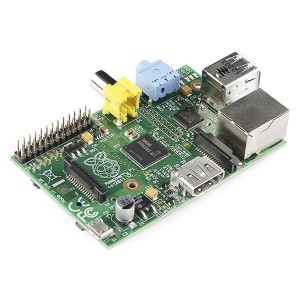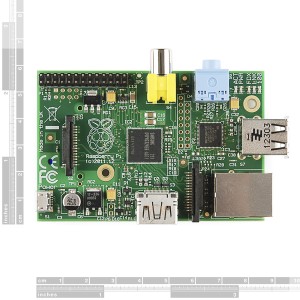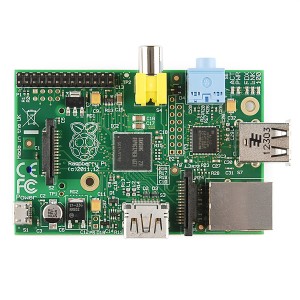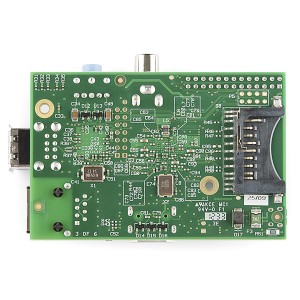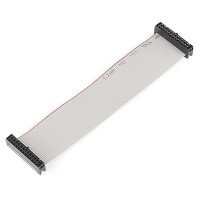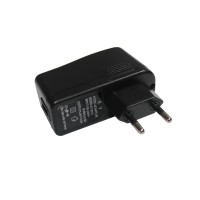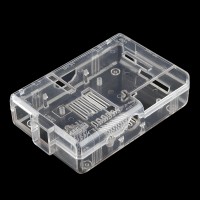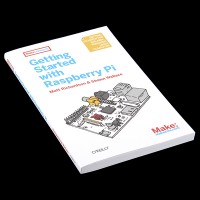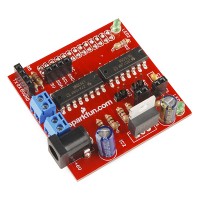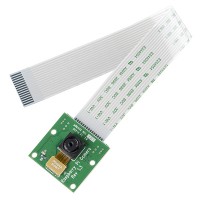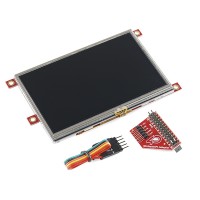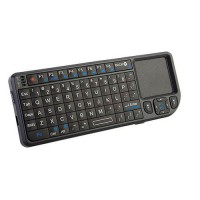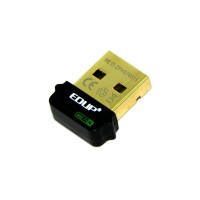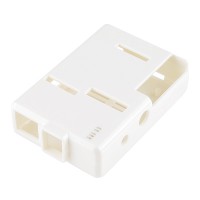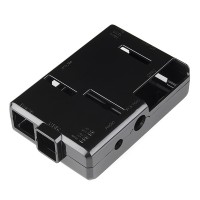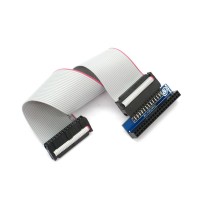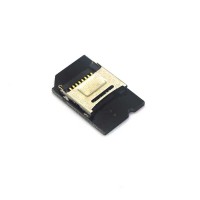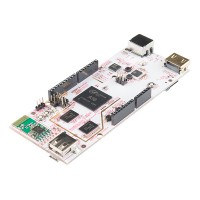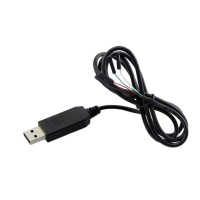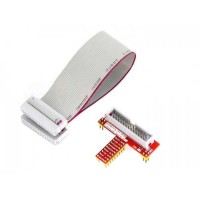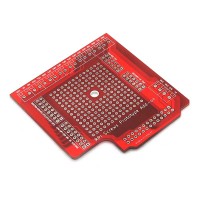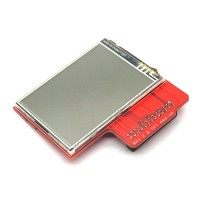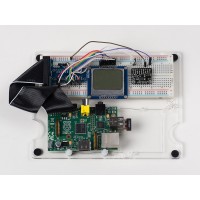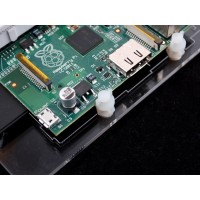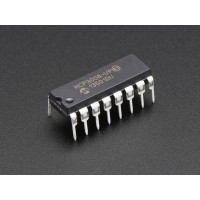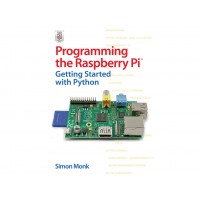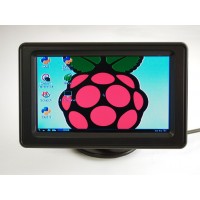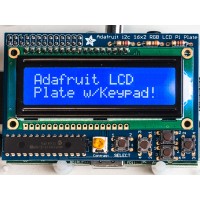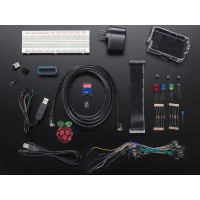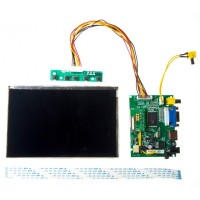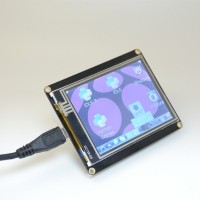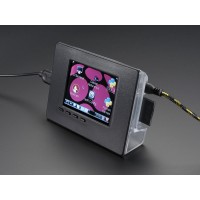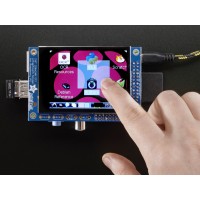The Raspberry Pi is a credit-card sized computer that plugs into your TV and a keyboard. It’s a capable little PC which can be used for many of the things that your desktop PC does, like spreadsheets, word-processing and games. It also plays high-definition video. We want to see it being used by kids all over the world to learn programming.
Note: Per 15th October 2012, the Raspberry Pi Model B (Rev2) ships with 512MB RAM.
Specification
- Chip: Broadcom BCM2835 (CPU, GPU, DSP, and SDRAM)
- CPU: 700 MHz ARM1176JZF-S core (ARM6 family)
- GPU: Broadcom VideoCore IV, OpenGL ES 2.0, 1080p30 h.264/MPEG-4 AVC high-profile decoder
- Memory (SDRAM): 512 MB (shared with GPU)
- USB 2.0 ports: 2 (via integrated USB hub)
-
Video outputs:
- Composite RCA (PAL & NTSC), HDMI (rev 1.3 & 1.4), raw LCD Panels via DSI
- 14 HDMI resolutions from 640×350 to 1920×1200 plus various PAL and NTSC standards.
- Audio outputs: 3.5 mm jack, HDMI
- Onboard storage: SD / MMC / SDIO card slot
- Onboard network: 10/100 Ethernet (RJ45)
- Low-level peripherals: 8 × GPIO, UART, I²C bus, SPI bus with two chip selects, +3.3 V, +5 V, ground[58][63]
- Power ratings: 700 mA (3.5 W)
- Power source: 5 volt via MicroUSB or GPIO header
- Size: 85.60 × 53.98 mm (3.370 × 2.125 in)
- Weight: 45 g (1.6 oz)
- Planned operating systems: Debian GNU/Linux, Fedora, Arch Linux ARM, RISC OS
Documents



